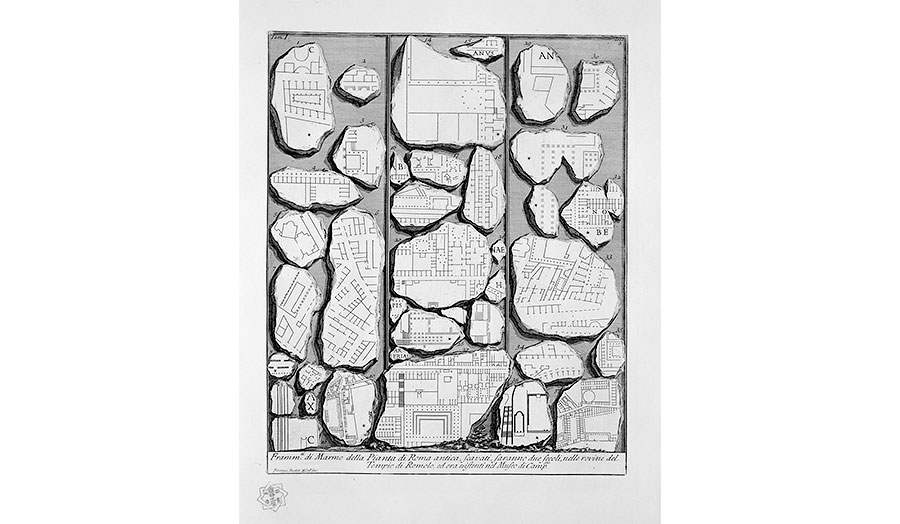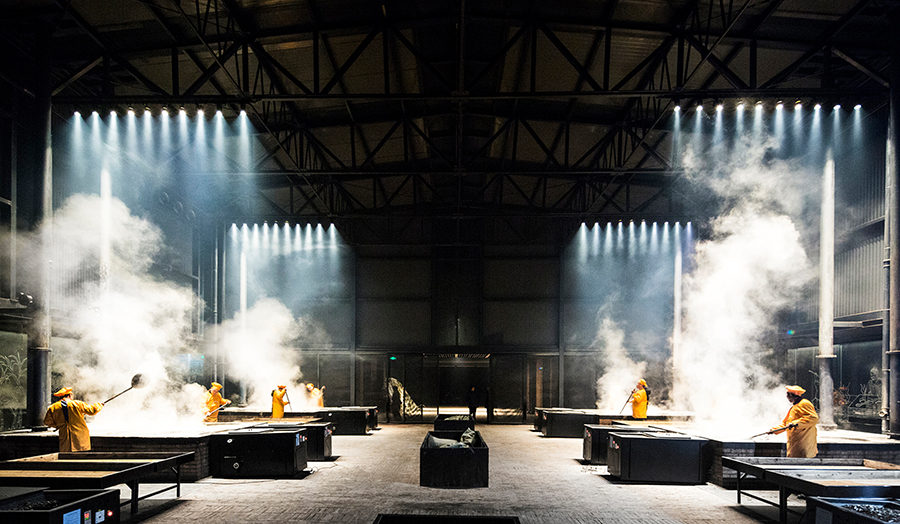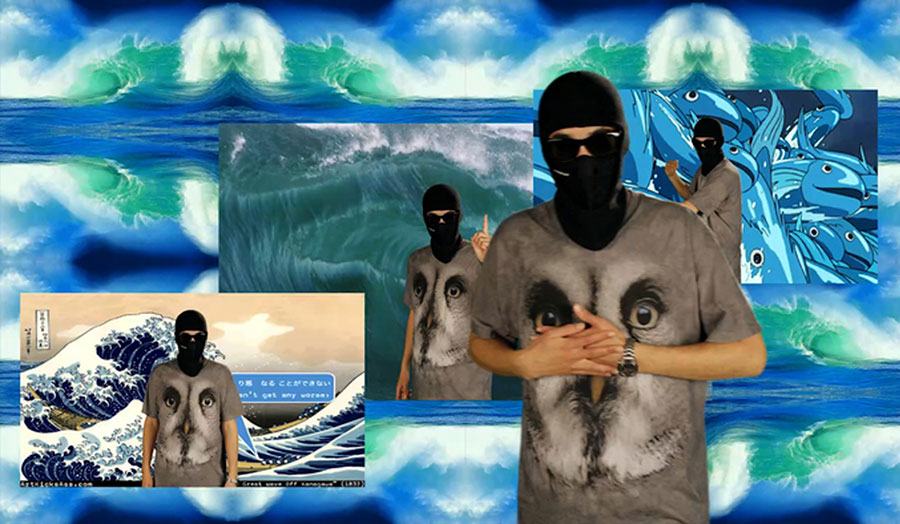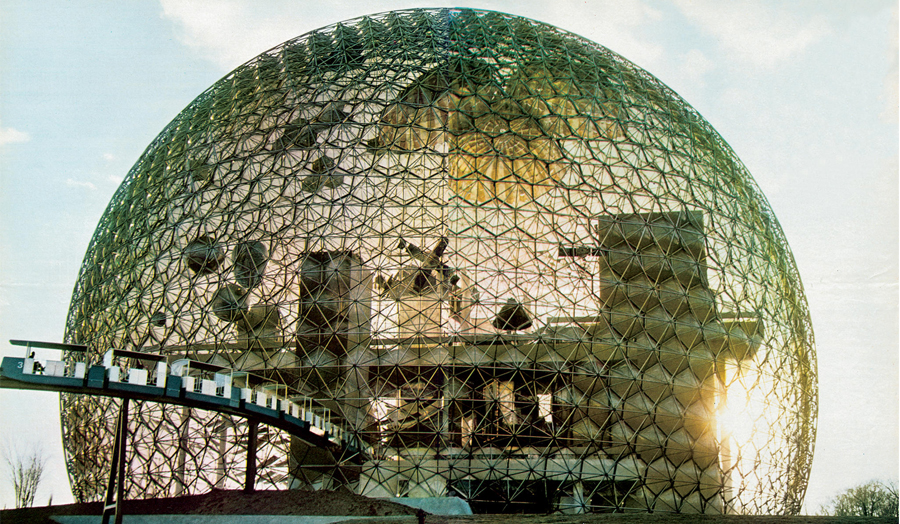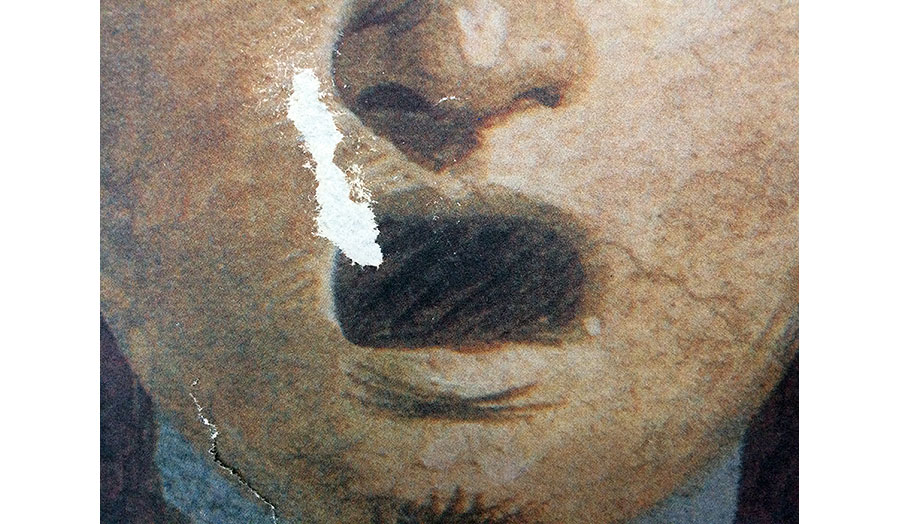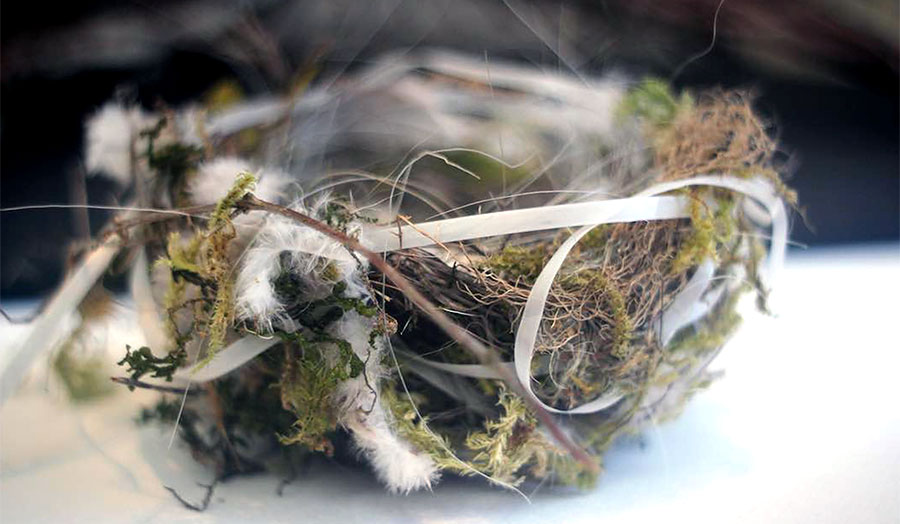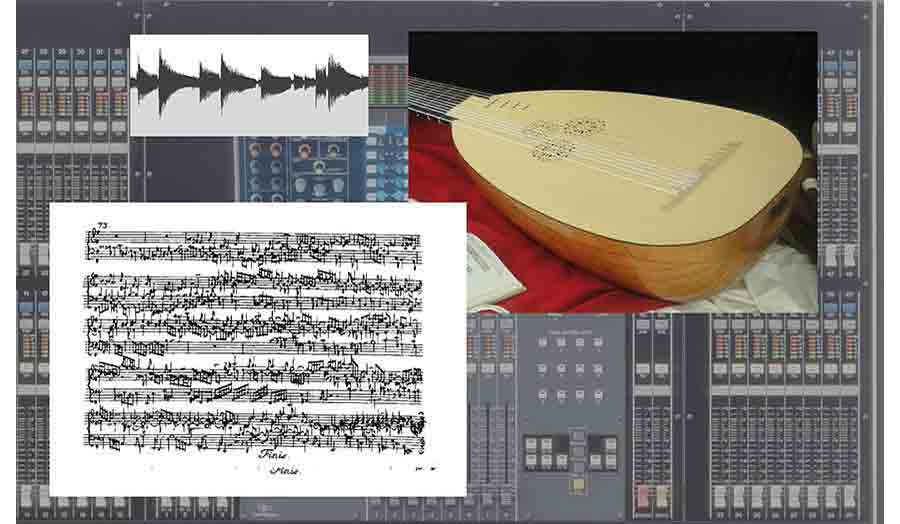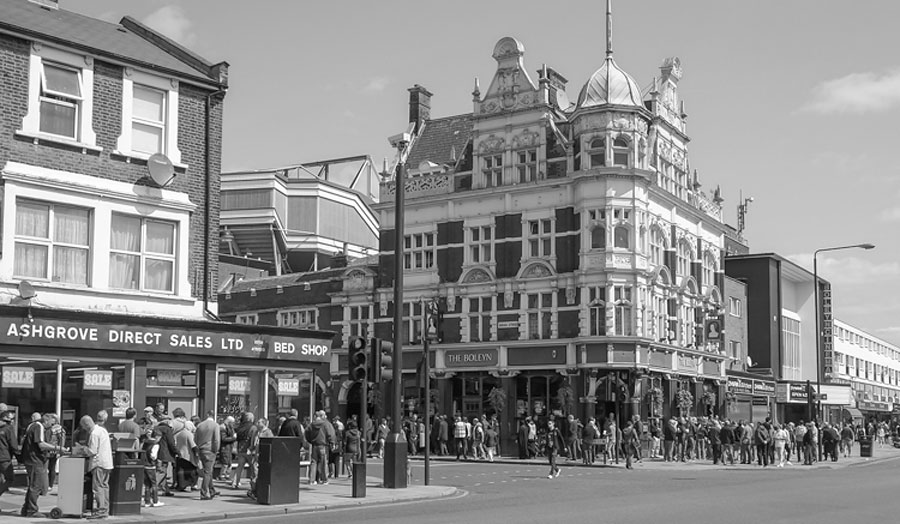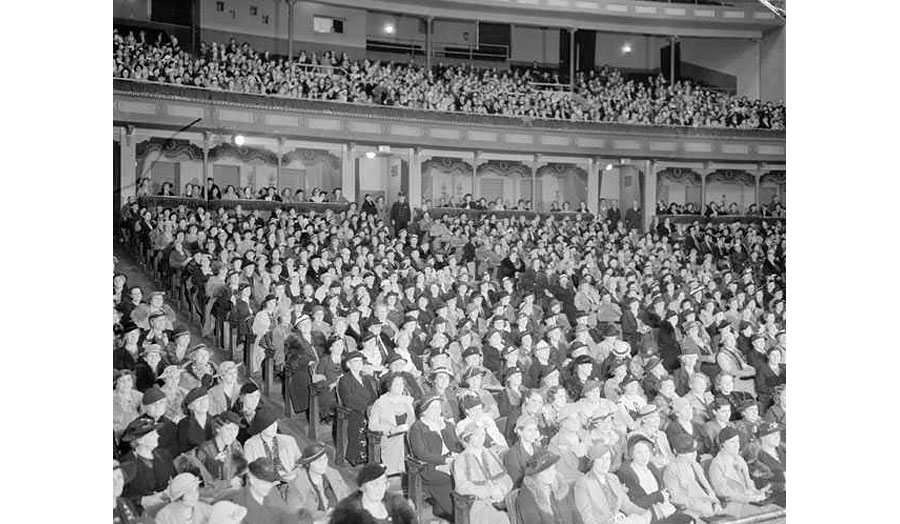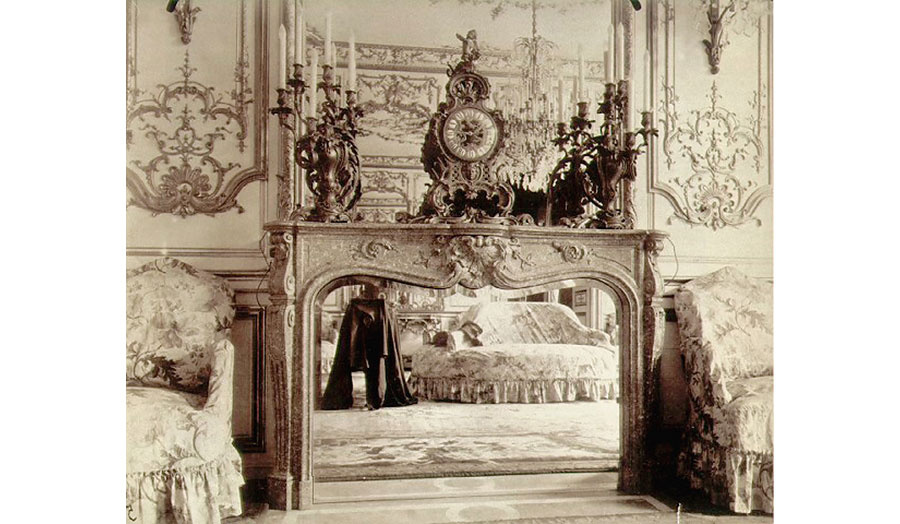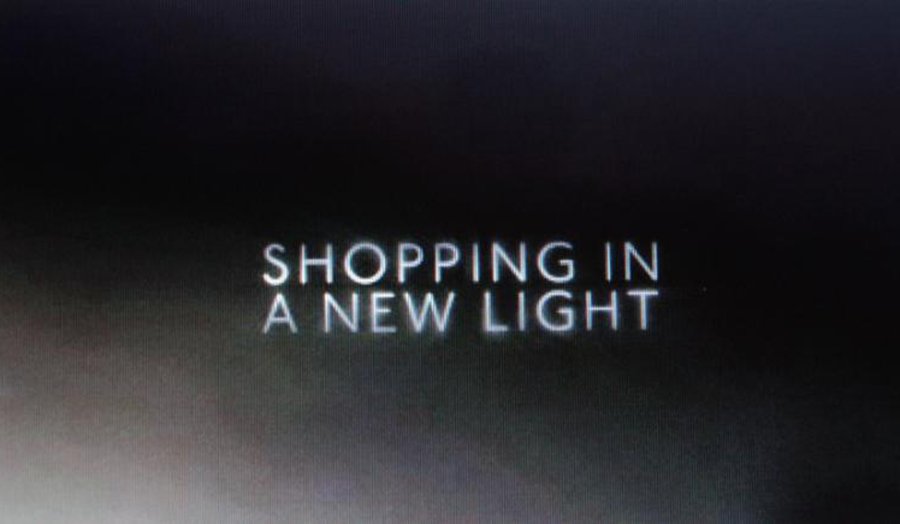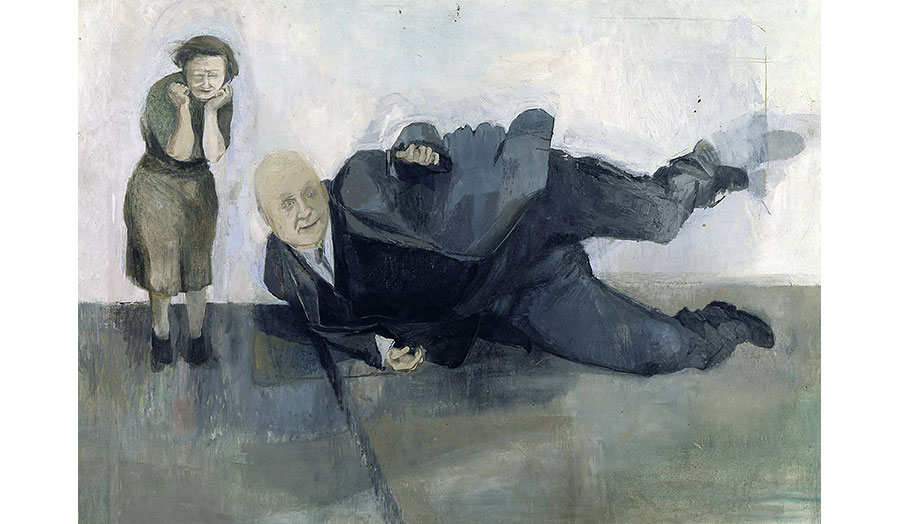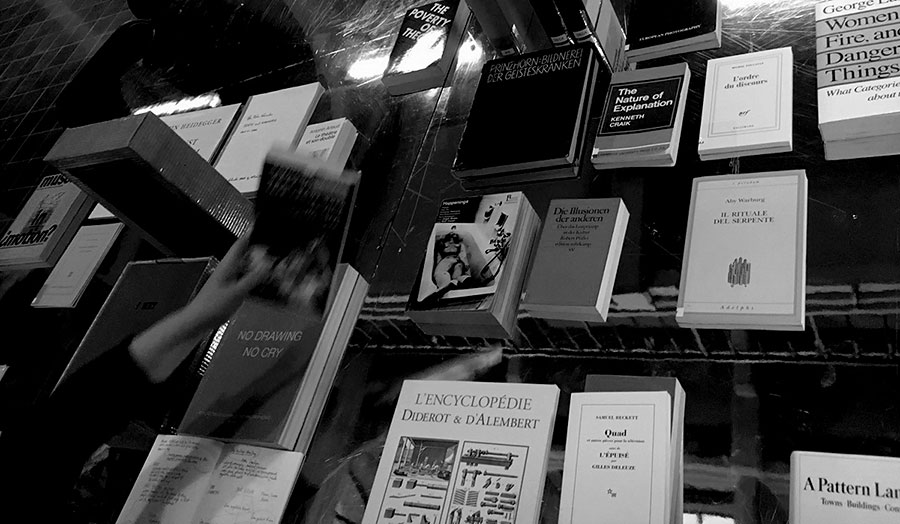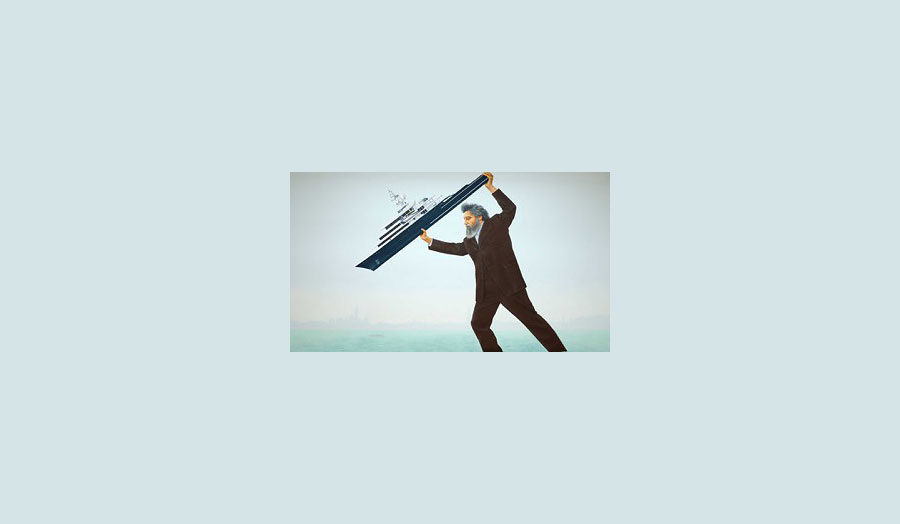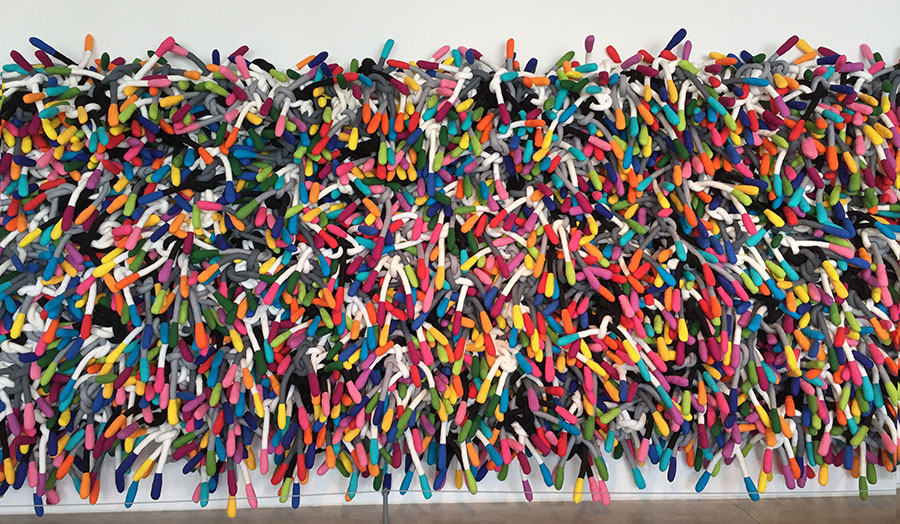Studio brief
Things can lead to theories. They can point to a way of seeing artefacts or objects that is more significant than the thing itself. In the twentieth century the notion that art and architecture speak for themselves was superseded by the idea that theory did the talking. Today, theory is often regarded as an autonomous discipline or even as a form of practice; artists, architects, designers and filmmakers produce theory-conscious work.
We will be looking at theories which are imperfect because they have materialised and so they have lost their purity or absoluteness; or, at examples of artefacts in which theory is latent, not explicit.
You can examine, critically, any work that can be seen as theory or that presents an interesting relationship with theory; eg conceptual works, hybrids, replicas, forgeries, artefacts that allude to Utopias, function-less architecture, manifestos, etc.
Summer preparation
Over the summer you can:
- enrol in the British Library
- have a first look at the readings, films and websites mentioned below and more, according to your own topic
- visit some exhibitions for inspiration
- identify two to three potential topics; identify the theoretical qualities in each of these topics and write a short paragraph for each, which describes them – how do these ideas transcend the objects/artefacts and point towards something bigger?
Outline of the first seven weeks of study and reading list
- Consciousness and the ephemeral: We visit this year’s Serpentine Pavilion by Francis Kéré, we read the poem Thirteen Ways of Looking at a Blackbird (1917) by Wallace Stevens and the essay The Knocking on the Gate in Macbeth (1823) by Thomas de Quincy and we discuss your topics. (Due: 200 words about your topic)
- Thesis and originality: We watch F For Fake (1975) by Orson Welles and/or The Century of the Self (2002) by Adam Curtis and we look at the Wikipedia entries ‘Originality’ and ‘No original research’. We discuss tradition, originality and referencing in the work of art and in dissertations. (Due: Bibliography relevant to your dissertation)
- Medium and representation: We visit the Victoria and Albert Museum (V&A), we read TS Eliot’s poem The Waste Land (1922) and we look at Museum Photographs (1993) by Thomas Struth. We discuss changing contexts, the effect of time on artefacts, the medium of your chosen subject and how it relates to the medium of the dissertation. (Due: advanced outline and literature review)
- Pin up/presentations (Due: 5 images, 5 minutes talk by each student)
Weeks 5-7: working in reading groups and with the tutor.
Image: Floor Mosaics in the Church of Santa Maria and San Donato, Murano, Italy, c.1140; arrangements which evoke cosmic systems but are averse to theory as we understand it today.
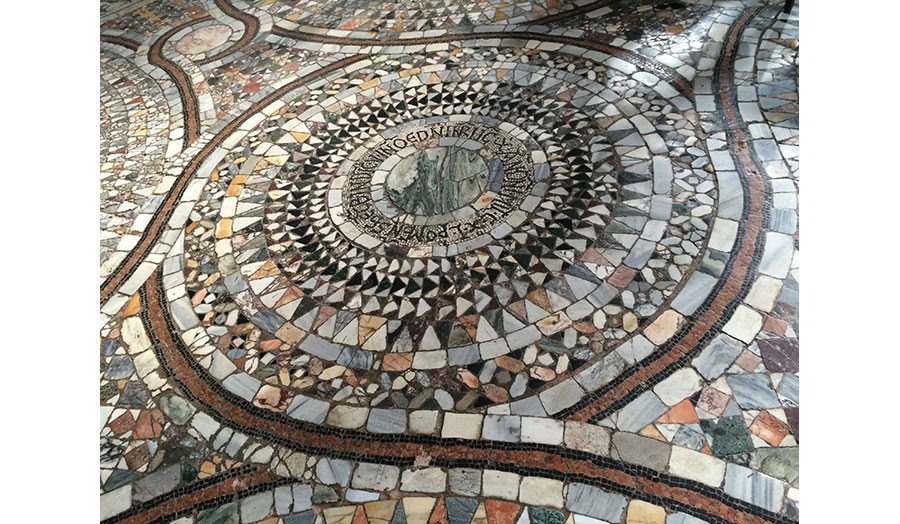
Details
| Tutor | Ektoras Arkomanis |
|---|

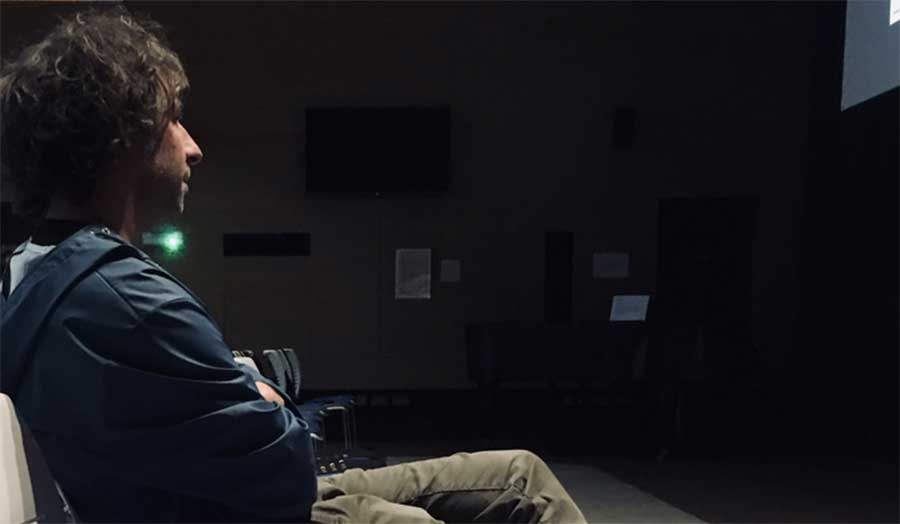
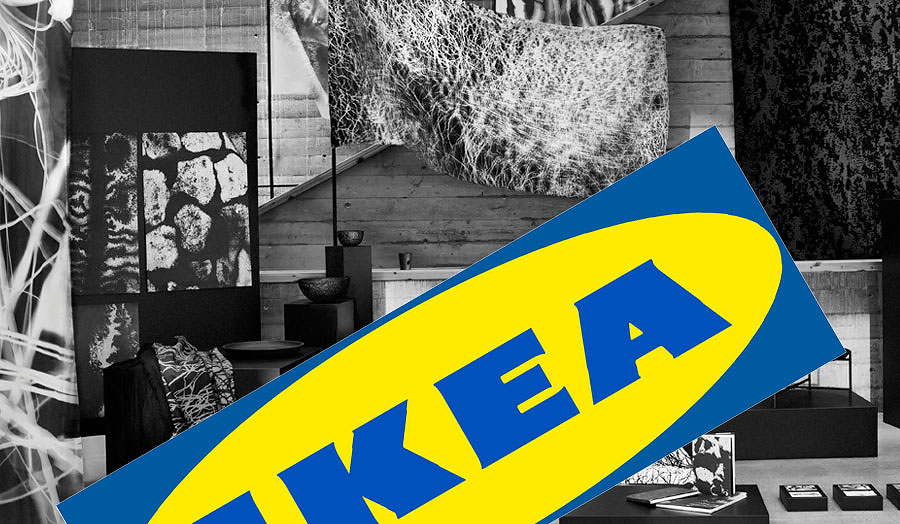

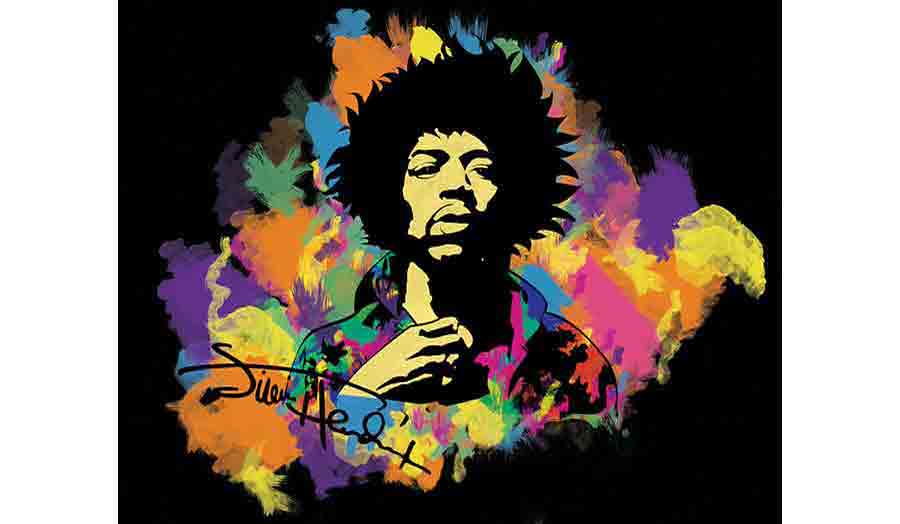
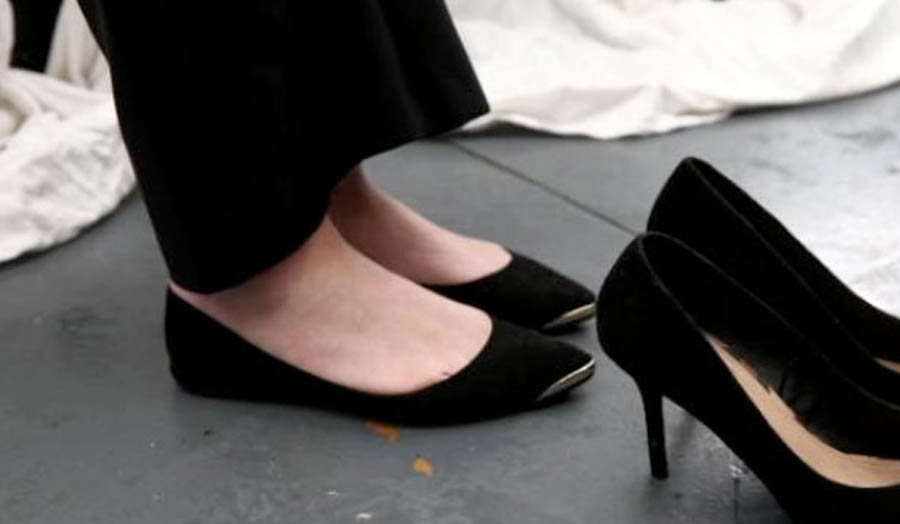
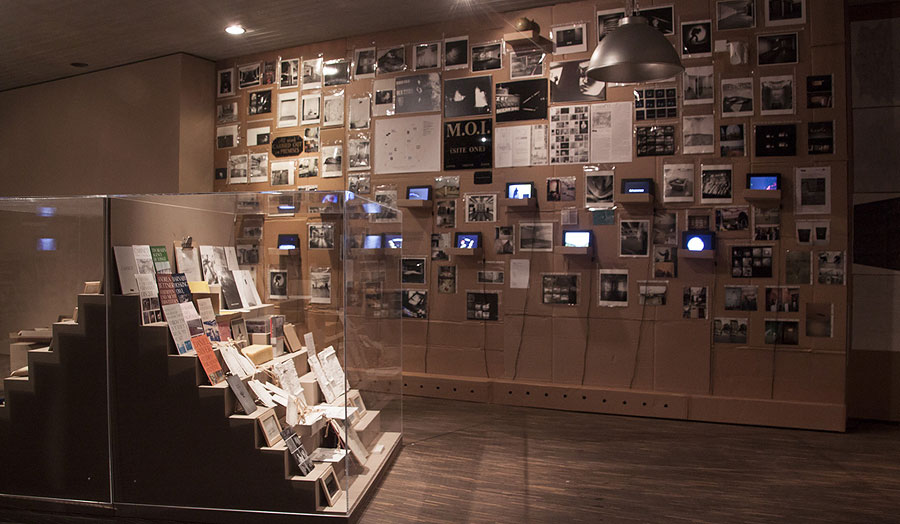
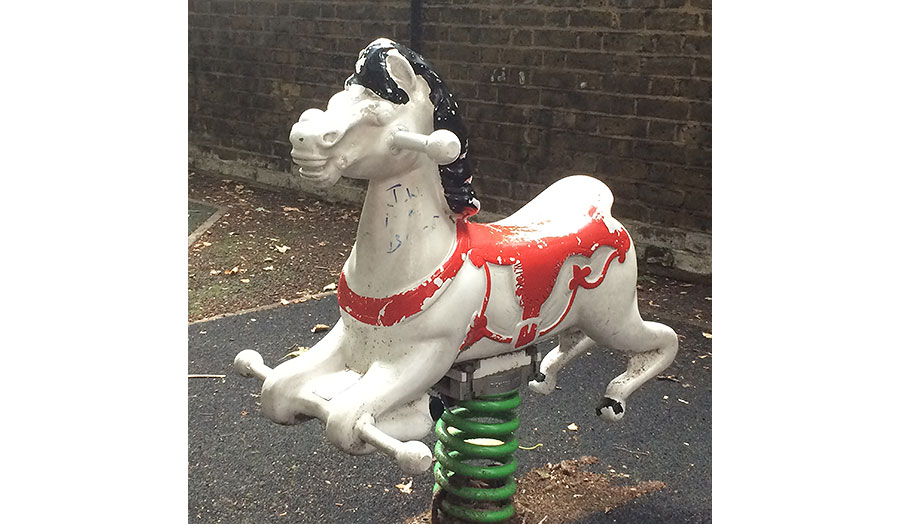
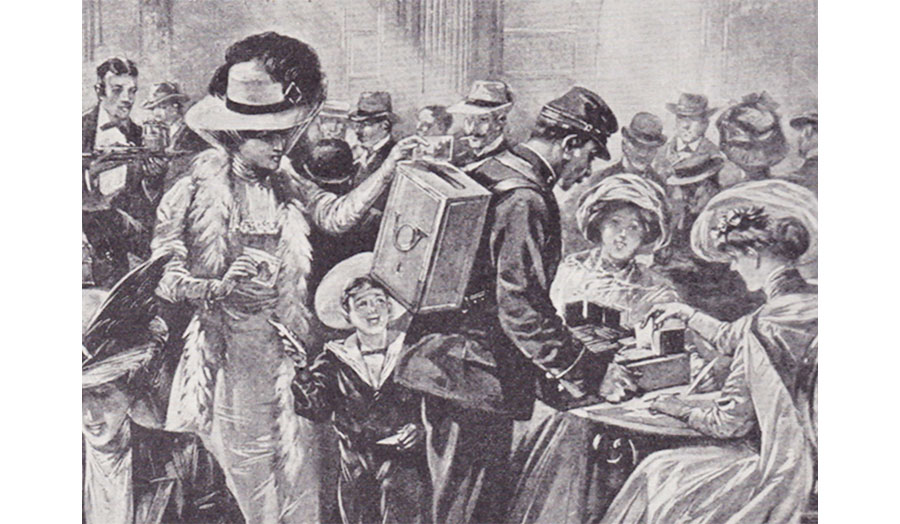
-(1).jpg)
